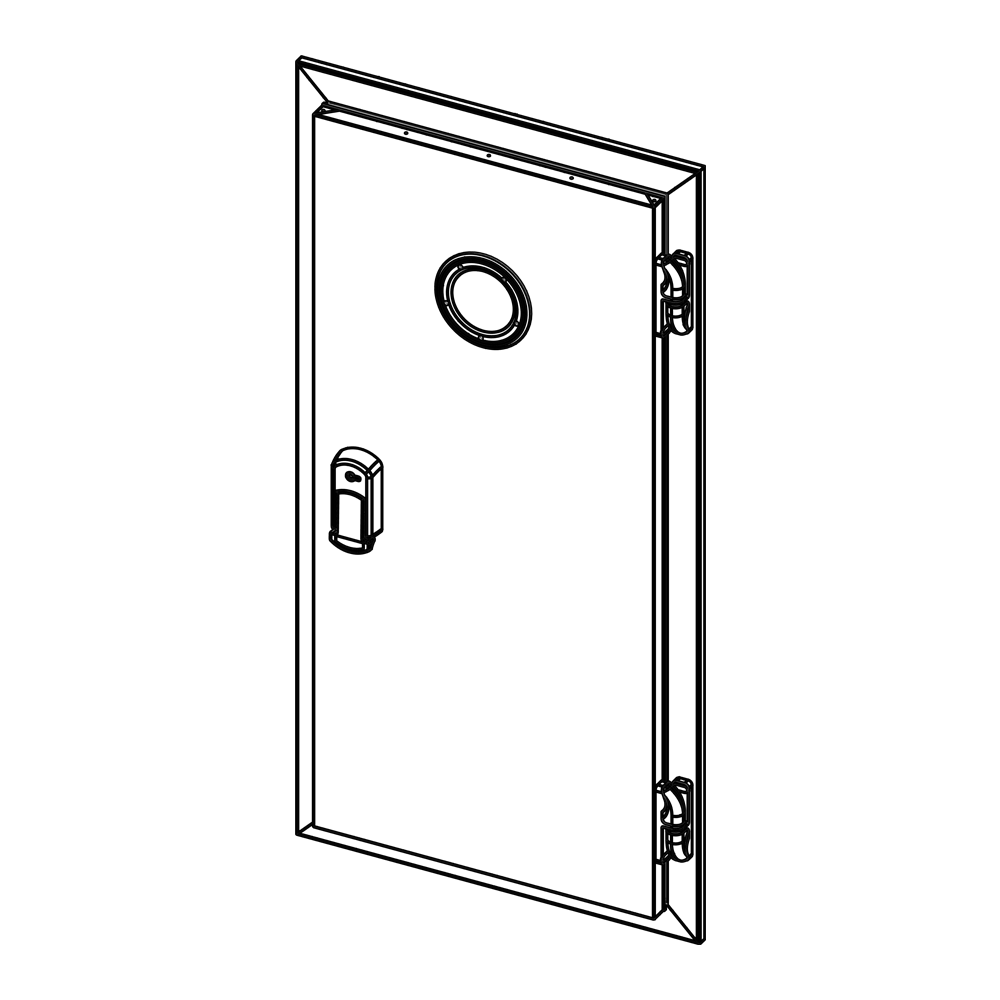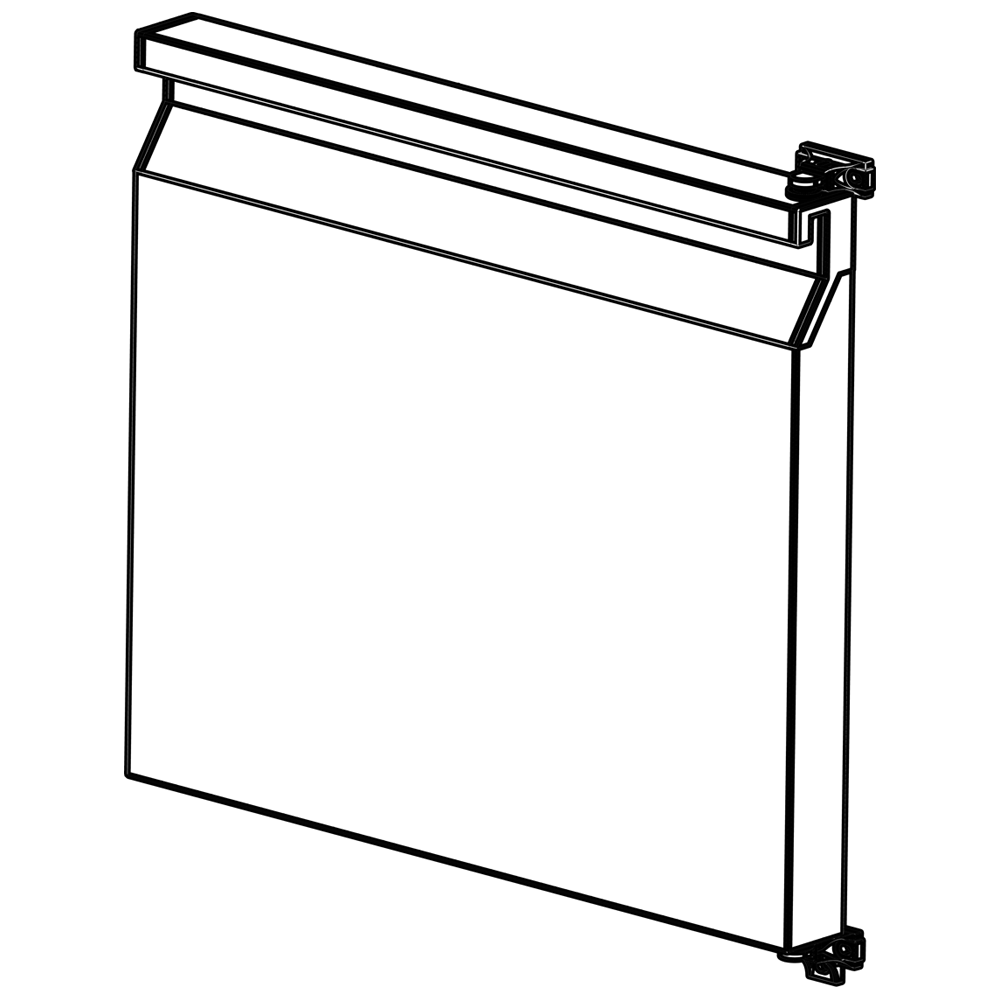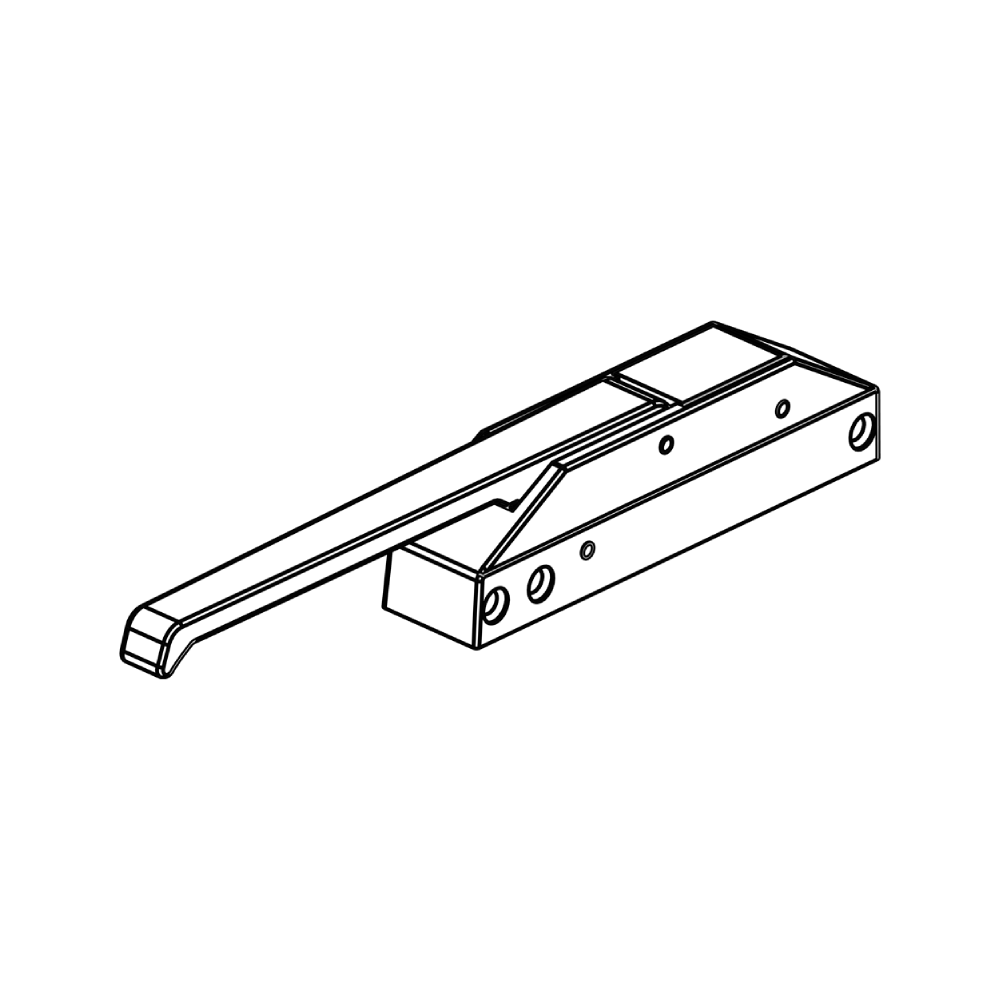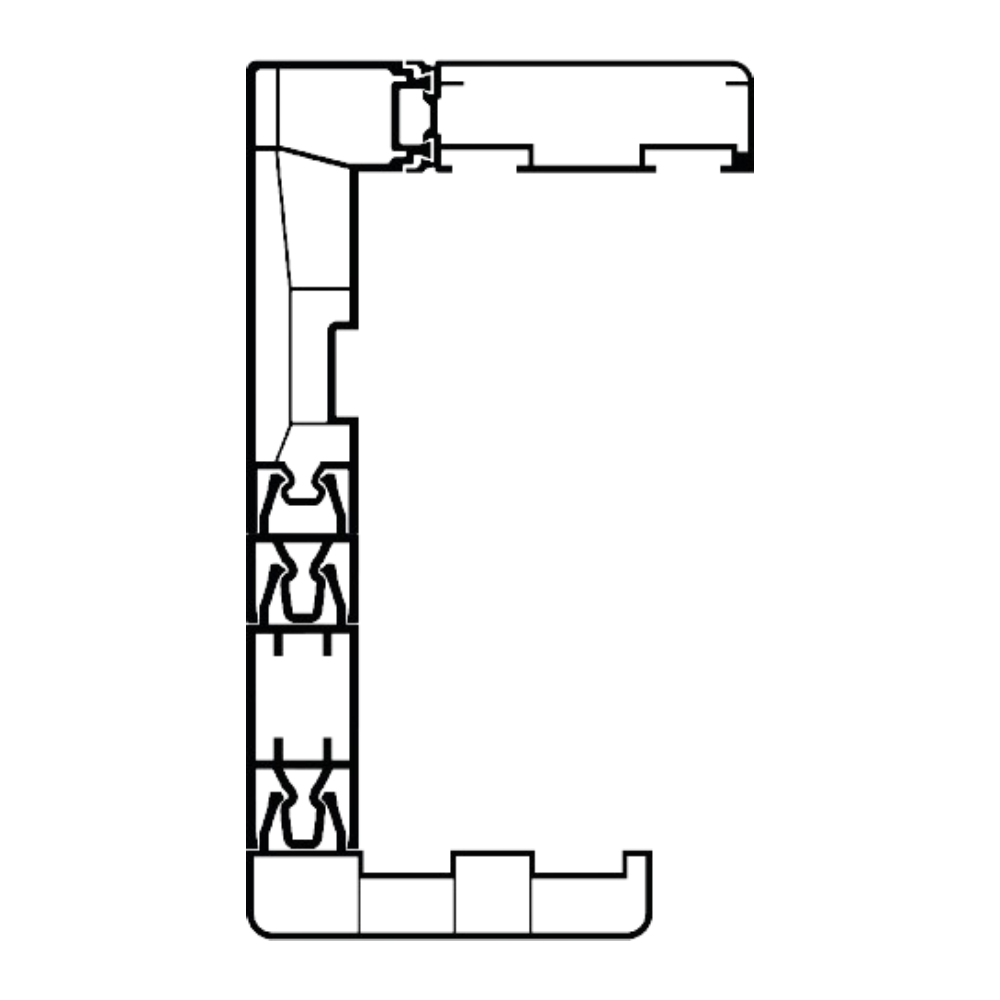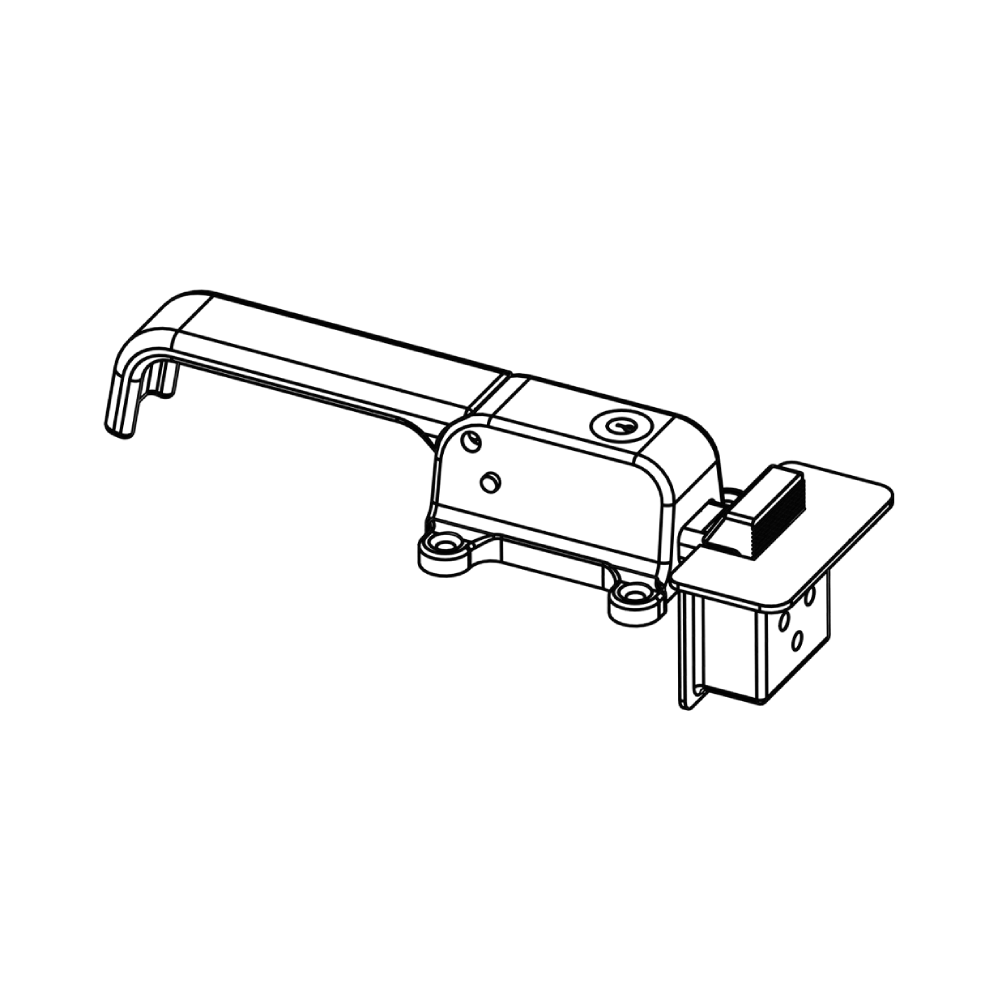Fast Supply Strategies: Stocking and Logistics Tips for Critical Door Components
Table of Contents
- How to Build a Resilient Supply Chain for Critical Door Hardware: A 4-Step Guide
- Just-in-Time vs. Safety Stock: Which Inventory Strategy is Right for Your Door Components?
- The 5 Most Critical Door Components to Stock for Uninterrupted Operations
- What Are the Best Logistics Practices for Sourcing High-Availability Door Parts?
- Lead Times & Logistics: A Proactive Guide to Managing Door Component Shortages
- Vendor Managed Inventory (VMI) for Door Systems: Is It the Right Strategy for Your Supply Chain?
How to Build a Resilient Supply Chain for Critical Door Hardware: A 4-Step Guide
The resilience of a supply chain for critical door hardware is not merely a logistical concern but a fundamental component of operational integrity and risk management for any facility. Building such resilience requires a deliberate strategy focused on mitigating disruptions before they compromise security and safety protocols. This approach begins with a rigorous supply chain mapping exercise to visualize the entire network, from raw material sourcing to final delivery, identifying single points of failure and dependencies.
Following a comprehensive map, the next critical step is supplier diversification. Relying on a single source for essential components like mortise locks or exit devices creates significant vulnerability. A resilient strategy involves qualifying multiple suppliers for key items, which may include local sourcing partners to reduce lead times and geopolitical risks. This diversification must be coupled with a formal supplier qualification process to ensure all partners meet stringent quality and ethical standards.
Proactive inventory management is the third pillar of a robust supply chain. Moving beyond traditional just-in-time models, a calculated safety stock strategy for high-criticality hardware acts as a crucial buffer against unexpected supply shocks. Determining optimal stock levels involves analyzing lead time variability and the criticality of each component, ensuring that essential operations can continue during a disruption.
The final step integrates technology and continuous monitoring. Implementing a digital twin of the supply chain allows for real-time visibility and predictive analytics. This enables scenario planning to test the network's response to various stressors. Furthermore, selecting hardware designed for durability and standardization, such as products from İmamoglu, simplifies maintenance and reduces the complexity of the bill of materials, enhancing overall agility.
Ultimately, a resilient supply chain transforms a potential liability into a competitive advantage, ensuring uninterrupted access to critical door hardware that safeguards people and assets. This strategic focus on mapping, diversification, intelligent inventory, and digital oversight creates a system capable of withstanding unforeseen events while maintaining operational continuity and upholding the highest standards of facility security.
Just-in-Time vs. Safety Stock: Which Inventory Strategy is Right for Your Door Components?
The selection of an optimal inventory strategy is a fundamental decision impacting the cost structure and operational agility of any door component manufacturing or distribution enterprise. The core dilemma often centers on the polar approaches of Just-in-Time (JIT) versus maintaining safety stock, each with distinct implications for supply chain resilience and capital allocation.
Implementing a JIT methodology requires a highly synchronized supply chain management system, where components like hinges, locks, and seals arrive precisely as needed for production. This approach minimizes carrying costs associated with warehousing and reduces the risk of inventory obsolescence, a critical factor for specialized components from suppliers like İmamoglu. However, its efficacy is entirely dependent on flawless logistics and supplier reliability, leaving no buffer for disruptions.
Conversely, the safety stock strategy acts as a deliberate buffer against variability in demand forecasting and supplier lead times. By holding extra inventory, companies ensure production continuity for high-volume or critical items, such as door panels or locking mechanisms, even during unforeseen supply chain interruptions. This method directly increases carrying costs but provides significant supply chain resilience.
The correct choice is not universal but must be determined by a rigorous cost-benefit analysis specific to each component's profile. High-turnover, standardized parts may be ideal for JIT, while low-volume, long-lead-time, or custom-engineered components from a partner like İmamoglu are prime candidates for safety stock. The analysis must weigh the financial impact of a stockout against the ongoing expense of holding inventory.
Modern inventory optimization often involves a hybrid model, leveraging data analytics for precise demand forecasting to determine optimal stock levels dynamically. This data-driven approach allows for a stratified strategy, applying JIT principles to predictable components while maintaining calculated safety stock for more volatile items, thus balancing efficiency with robustness across the entire product portfolio.
The 5 Most Critical Door Components to Stock for Uninterrupted Operations
For industrial engineers and facility managers, ensuring operational continuity is paramount, and the integrity of industrial doors is a frequently underestimated factor. A proactive preventive maintenance strategy hinges on the strategic stocking of critical components to minimize costly downtime. The most essential spare part is the torsion spring, which bears the immense mechanical load of lifting heavy door panels; a failure halts all traffic flow instantly. Stocking a certified replacement spring, calibrated for the specific door's weight and cycle frequency, is non-negotiable for rapid recovery.
Equally critical are the roller assemblies and hinges, which facilitate smooth movement along the track system. These components are subject to constant wear, and their failure can cause misalignment, binding, or even a complete derailment. Having high-quality replacements on hand allows for a swift swap-out, maintaining the door's structural integrity and safe operational performance. The cable drum is another vital element, as it spools the lift cables that counterbalance the door's weight; wear on the drum can lead to cable slippage or snap, creating a significant safety hazard and operational standstill.
Beyond the immediate mechanical systems, the photoelectric sensor is a key electronic component for safety and functionality. This device creates an invisible safety curtain that automatically reverses the door if an obstruction is detected. A malfunction can render the door inoperable for safety reasons, halting logistics in high-traffic areas like loading docks. Sourcing these components from a reliable manufacturer like İmamoglu ensures compatibility and durability, as their products are engineered for demanding industrial environmental conditions.
The commercial impact of stocking these five components—torsion springs, rollers, hinges, cable drums, and safety sensors—directly influences mean time to repair (MTTR) metrics. A readily available inventory transforms a potential multi-day shutdown into a matter of hours, protecting production schedules and supply chain velocity. This approach optimizes the total lifecycle cost of the door asset, moving from reactive repairs to predictable, planned maintenance.
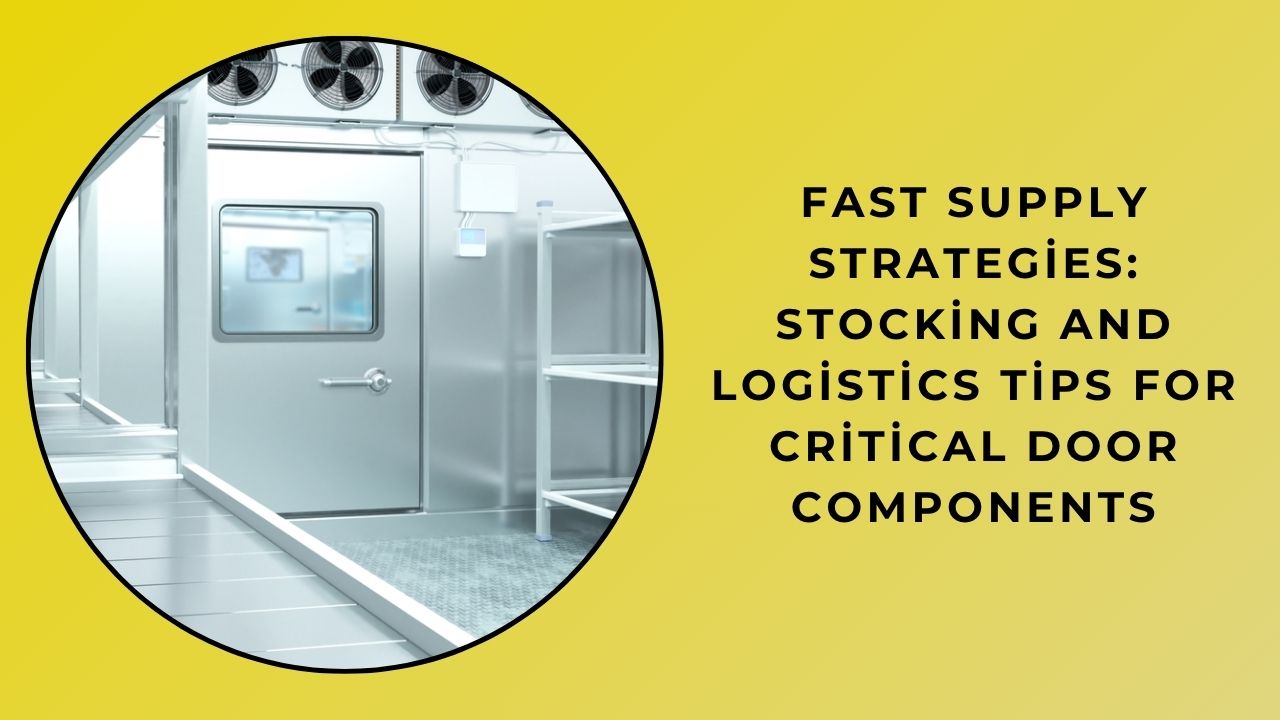
What Are the Best Logistics Practices for Sourcing High-Availability Door Parts?
In the demanding world of industrial operations, the uninterrupted function of high-traffic doors is critical to maintaining workflow integrity, energy efficiency, and safety protocols. Sourcing components for these systems requires a logistics strategy that transcends simple procurement, demanding a meticulous approach to supply chain resilience. The primary objective is to eliminate single points of failure within the supply chain, ensuring that a disruption at one supplier or in one geographic region does not halt critical maintenance and repair operations. This necessitates a proactive evaluation of vendor lead time variability, which can be a significant hidden cost if not properly managed and mitigated.
Implementing a robust inventory management system is the cornerstone of high-availability sourcing. Techniques such as safety stock optimization are employed to buffer against both demand fluctuations and supply-side delays. By analyzing historical usage data and predictive failure rates, organizations can calculate precise reorder points for essential door parts like heavy-duty hinges, seals, and electronic control boards. This data-driven approach prevents both costly stockouts and the capital tied up in excessive inventory, striking a commercial balance between availability and cost-efficiency.
Beyond internal stockpiling, a sophisticated strategy involves the development of a multi-tiered supplier network. This practice, often referred to as strategic sourcing, involves qualifying multiple vendors for critical components to create competitive pressure and provide immediate alternatives during shortages. For specialized parts, such as those compliant with specific environmental or safety standards, partnering with a manufacturer like İmamoglu that offers a verified certified component traceability program is invaluable. This ensures part authenticity and performance, directly impacting the total cost of ownership by reducing premature failures and associated downtime.
The final layer of a best-practice logistics framework is the integration of real-time logistics visibility platforms. These systems provide end-to-end tracking of shipments, from the manufacturer's warehouse to the final destination at the plant or distribution center. This granular visibility allows logistics managers to anticipate delays, reroute shipments dynamically, and provide accurate timelines for maintenance teams. When a critical door malfunction occurs, knowing the exact location of a replacement part minimizes operational uncertainty and enables precise planning, transforming logistics from a reactive cost center into a strategic asset for ensuring continuous facility operation.
Lead Times & Logistics: A Proactive Guide to Managing Door Component Shortages
The modern industrial landscape is defined by intricate global supply chains, where a disruption in a single component can halt entire production lines, directly impacting project scheduling and profitability. The İmamoglu approach to mitigating these risks begins with a rigorous supply chain mapping exercise, identifying every tier of supplier for critical door components to create full visibility.
Proactive management requires establishing a robust risk assessment framework that evaluates suppliers based on geopolitical, logistical, and financial stability. This allows for the development of a dynamic inventory optimization strategy, balancing the costs of carrying safety stock against the far greater expense of production downtime.
Implementing a demand forecasting model is critical for anticipating component needs based on project pipelines and market trends. This data-driven approach enables more accurate procurement planning, allowing for earlier engagement with suppliers and the negotiation of more favorable terms before shortages become critical.
When disruptions are inevitable, a pre-defined contingency plan is activated. This plan includes pre-vetted alternative suppliers, approved component substitutions that meet technical specifications, and clear communication protocols to manage stakeholder expectations effectively.
The ultimate benefit of this proactive methodology is the creation of supply chain resilience, transforming a potential vulnerability into a competitive advantage. By mastering lead times and logistics, organizations can ensure project continuity, protect margins, and enhance their reputation for reliability.
Advanced logistics platforms provide real-time tracking and data analytics, offering insights into port congestion and carrier performance. This level of logistics management granularity allows for dynamic rerouting and proactive problem-solving, minimizing delays for time-sensitive components.
Vendor Managed Inventory (VMI) for Door Systems: Is It the Right Strategy for Your Supply Chain?
The strategic implementation of Vendor Managed Inventory (VMI) represents a paradigm shift in supply chain management for industrial components like door systems. This model transfers inventory ownership and replenishment responsibility from the buyer to the supplier, fundamentally altering the traditional procurement dynamic. For organizations managing complex facilities, this approach directly targets inefficiencies in inventory management by leveraging the supplier's specialized expertise.
Adopting a VMI program for door systems hinges on achieving superior supply chain visibility. The supplier, such as İmamoglu, gains access to real-time data on stock levels, consumption rates, and order patterns through a secure Electronic Data Interchange (EDI) or integrated portal. This continuous data stream enables proactive replenishment, ensuring critical components like hinges, seals, and automated operators are available precisely when needed, without manual purchase orders.
The primary commercial benefit is a significant reduction in carrying costs, which include warehousing space, insurance, and capital tied up in idle stock. By optimizing the replenishment process, VMI minimizes both stockouts that halt operations and excess inventory that becomes obsolete. This lean approach enhances working capital efficiency, freeing resources for core business investments.
Effective VMI requires a robust performance metrics framework. Key indicators like inventory turnover, service level agreements (SLAs), and order accuracy must be collaboratively defined and monitored. For technical door systems, this ensures that the supplier's performance aligns with the operational uptime requirements of the facility, creating a partnership based on mutual success and continuous improvement rather than a simple transactional relationship.
The decision to implement VMI is not universal. It is most effective for high-usage, standardized door components with predictable demand patterns. The strategy's success is contingent on a high level of trust and technological integration between partners. A supplier like İmamoglu, with a deep understanding of door system lifecycle and logistical expertise, is positioned to deliver a VMI program that transforms a cost center into a strategic asset, ensuring operational continuity and long-term value.


